NOW Foods has been one of the biggest names in the nutritional supplement industry for decades. Although the company cut their teeth on impeccably-tested[1,2] single-ingredient supplements, in recent years we've seen NOW transition into designer, multi-ingredient formulas. This is especially true of NOW Sports, their sports nutrition brand.
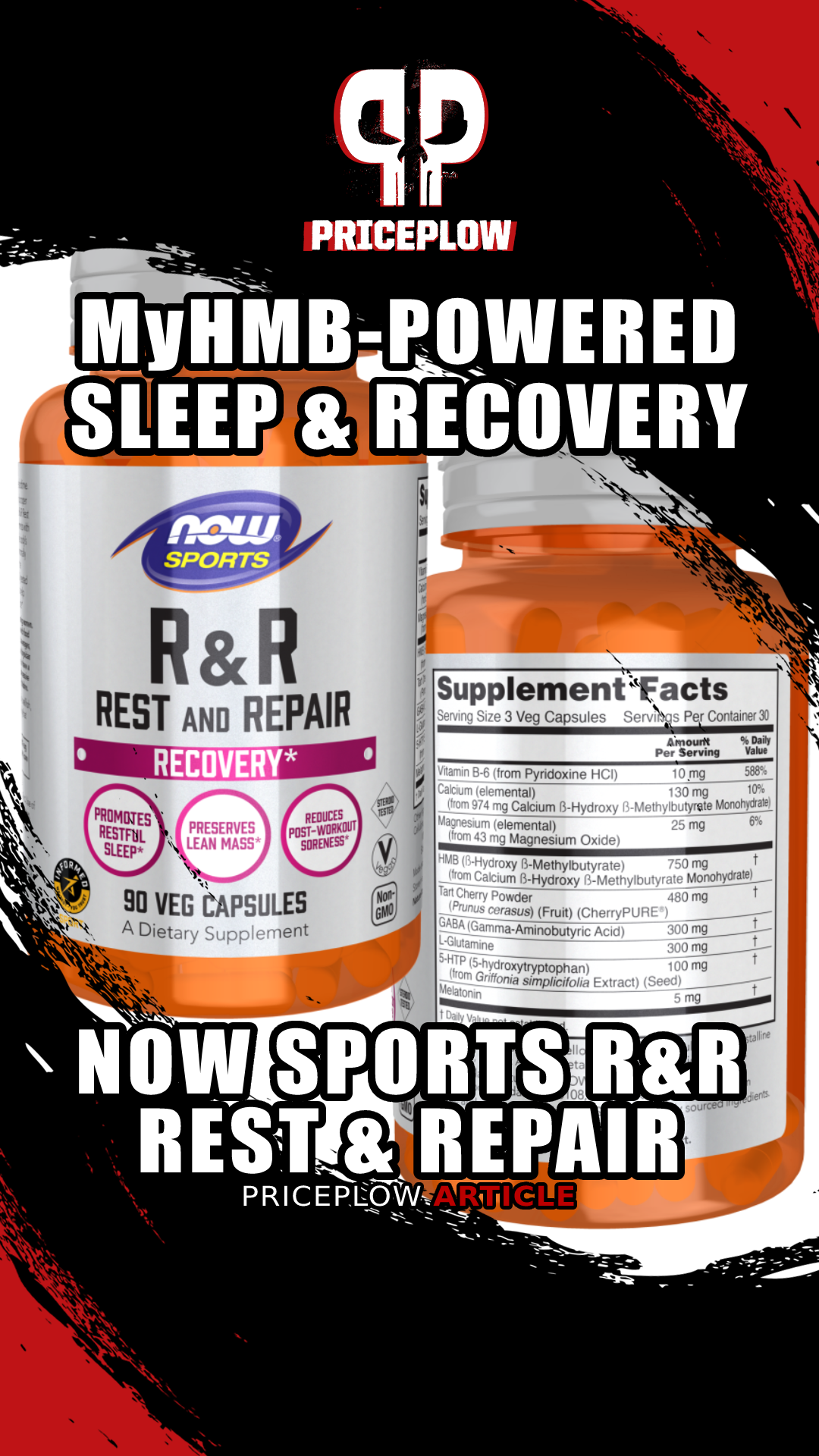
NOW Sports R&R Rest and Repair is a unique sleep aid supplement that focuses on athletic recovery, utilizing MyHMB alongside tart cherry and other sleep ingredients to get you back on the field or in the gym tomorrow.
Today we're going to talk about their new recovery formula – NOW Sports Rest & Repair (R&R), which marks a new kind of endeavor for the group - a category-crossing athletic recovery sleep aid that hits so many notes for sore athletes.
Get some Rest & Repair after a rough training day
The first two ingredients on this list, HMB and tart cherry, have documented anti-inflammatory effects that directly attenuate the metabolic stress of exercise and accelerate recovery. However, that's not the only strategy behind NOW's formulation of R&R – there's also a substantial emphasis on improving sleep quality. That's what five out of R&R's seven ingredients are here to do.
This matters a lot because, as you probably know by now, sleep is crucial for full and efficient recovery from intense exercise.[3-5] For one thing, most of adults' growth hormone (GH) is secreted during sleep,[6] and disruptions to sleep can significantly decrease the amount of GH your body secretes.[7] Since this all-important anabolic and regenerative hormone plays a leading role in post-exercise recovery and repair, optimizing sleep is perhaps the most important strategy for supporting recovery.
As we'll see, most of the sleep-promoting ingredients in NOW Sports R&R have been shown to upregulate GH production, making this an exciting product launch from a sports nutrition sub-brand that deserves more attention.
Let's get into the details of this formula, but first, check the PricePlow news and deals:
NOW R&R Rest and Repair – Deals and Price Drop Alerts
Get Price Alerts
No spam, no scams.
Disclosure: PricePlow relies on pricing from stores with which we have a business relationship. We work hard to keep pricing current, but you may find a better offer.
Posts are sponsored in part by the retailers and/or brands listed on this page.
This area is reserved for Team PricePlow's upcoming videos.
Subscribe to our channel and sign up for notifications so you catch it when it goes live!
NOW Sports R&R Rest and Repair Ingredients
In a single 3-capsule serving of R&R Rest and Repair from NOW Sports, you get the following:
-
HMB (β-Hydroxy-β-Methylbutyrate) (from Calcium β-Hydroxy β-Methylbutyrate Monohydrate) – 750 mg
HMB is a metabolite of the branched-chain amino acid (BCAA) leucine, and is primarily used as a signaling molecule in the body.
HMB: the anti-catabolic metabolite of leucine
As the most anabolic[8] and anti-proteolytic[9] of the three BCAAs, leucine can both amplify muscle growth in response to exercise and prevent the undue breakdown of muscle tissue during exercise. This makes leucine supplementation around workouts a potentially viable strategy for improved strength and body composition.[10-12]
However, HMB has been identified as the metabolite responsible for several of the benefits associated with leucine supplementation.[13,14] This matters for us because only about 5% of ingested leucine gets converted into HMB (in best case scenarios),[15] making HMB supplementation a highly efficient method of reaping leucine's desired benefits – similar effects at a small fraction of the dose.
HMB's mechanisms of action
Leucine and HMB both activate the mammalian target of rapamycin (mTOR),[16] the master switch for cellular metabolism and the anabolic response.[17] HMB can also, like leucine, upregulate the anabolic hormones growth hormone (GH) and insulin-like growth factor 1 (IGF-1).[18]
What's this mean in the real world? There's now over three decades of research exploring that question:
Human research
Well-trained runners who supplemented with HMB exhibited significantly lower activity of creatine kinase (CK) and lactate dehydrogenase (LDH) after a 20 km run.[19]
Studies in human subjects have shown that HMB supplementation can:[13]
- Improve muscle and strength gains from weightlifting[20-22]
- Increase athletic endurance and work capacity[23-26]
- Reduce muscular damage[19,27] and speed up post-workout recovery[28]
- Promote leaner body composition[29]
It's worth noting, however, that these studies used 1.5 to 3 grams per day. We don't have those doses here, but are confident that there will still be some anti-catabolic effects. Thankfully, you can always get more in powder, tablets, or vegetable capsules through NOW Foods HMB if you want to dose a couple grams more.
Work capacity recovery
There is a bit of a catch, however. Over time, research has shown that in real-world scenarios, HMB works best for muscle-building purposes when used with intense training regimens. It's great as an anti-catabolic agent for seniors, but for healthy young athletes, they'll need to apply a serious stimulus to get the most out of it.
According to the International Society of Sports Nutrition's 2013 research review of HMB, many of the studies that produced negative outcomes were hampered by methodological flaws. Poor subject compliance with the study design was one big problem in, but there was another, too:
"[R]esearch [on HMB effectiveness] indicates that in trained populations it is critical that the exercise stimulus is of adequate intensity and volume to cause skeletal muscle damage. If these conditions are lacking, HMB is not likely to be efficacious."[13]
In other words, HMB supports serious training regimens. Below a certain threshold of training intensity, its effects are not apparent.
Resistance-trained subjects who took HMB before a high-volume weightlifting session rated their recovery significantly higher 48 hours afterwards, compared to the placebo group.[27]
This means HMB is a supplement that's practically tailor-made for the serious athlete. Specifically, HMB has been shown to accelerate work capacity recovery following an exhaustive bout of exercise.[28]
In plain English, this means that HMB helps you regain your ability to perform at peak physical capacity faster than usual. Through its anti-catabolic mechanisms, it can help users go from a state of muscular breakdown back to a positive nitrogen status more quickly, and then it's up to you to continue training and feeding to maintain anabolic status.
That's crucial for any athlete who's completing, say, a periodized training regimen. By helping you put out a peak performance day after day under extraordinary training demands, HMB can, in turn, help maximize supercompensation during the overreach phase.
The HMB Trusted by NOW Foods
The industry's most well-known and trusted form is known as MyHMB, made and sold by TSI Group, Ltd, and this is the form that has passed NOW Foods' ultra-strict testing.[1] This says a lot, if you're familiar with how intense the company is regarding test its products -- and the products of its competitors.[2]
Read the full story in PricePlow's main HMB Supplements article.
You can learn more in our podcast with HMB researcher Shawn Baier and our article titled HMB (β-hydroxy β-methylbutyrate): Performance-Driven Muscle Supplement.
This is a great strategy for a recovery supplement. Let's see what else NOW Sports put inside:
-
Tart Cherry Powder (Prunus cerasus) (Fruit) (CherryPURE) – 480 mg
Tart cherry powder contains extremely high levels of anthocyanin antioxidants, which have been identified in sports science as potent anti-inflammatory phytochemicals.[30] Thanks to its anthocyanin content, tart cherry's juices, powders, and extracts have been shown to accelerate post-workout recovery and decrease muscle pain.[31-34]
More specifically, tart cherry appears to accelerate work capacity recovery,[35] a bit like HMB but through different mechanisms. In a randomized, single-blind, placebo-controlled study on team sport athletes (average age of 26), the group supplementing with tart cherry juice regained their ability to conduct countermovement jumps, 20 meter sprints, and maximal voluntary isometric contractions faster than the placebo group.[35]
A research review on tart cherry supplementation concluded that it's a great "precovery" ingredient because it benefits recovery most when introduced for several continuous days prior to exercise,[36] during which time its bioactive constituents can build up to form a kind of recovery reserve in your body. This means that NOW Sports R&R might be a good supplement to take on a daily basis during tough training periods.
Tart cherry and sleep
Tart cherry supplementation can also indirectly support recovery, by improving sleep quality. In addition to its anti-inflammatory anthocyanins, tart cherry also contains a proanthocyanidin called proanthocyanidin B-2 that seems to regulate the cytokine and prostaglandin pathways that modulate sleep onset and quality.[37]
A placebo-controlled, balanced, crossover study from 2018 found that tart cherry juice increased sleep duration by an average of 84 minutes and produced significantly higher scores on the Pittsburgh Sleep Quality Index.[37]
A double-blind, randomized, placebo-controlled study in athletes ruled out the possibility that tart cherry juice improves sleep by altering cortisol or melatonin levels, and concluded that its anti-inflammatory effects were responsible for its ability to improve sleep in athletes.[38] As the authors of this study point out, slow or incomplete recovery from exercise, with resulting inflammation, is a common cause of insomnia in athletes – and tart cherry juice can help us keep that under control.[38]
-
GABA (Gamma-Aminobutyric Acid) – 300 mg
The neurotransmitter GABA has an inhibitory effect on neurons, meaning it decreases their activity. Thus, GABA does, in the most literal biochemical sense, promote rest and relaxation. Upregulation of GABA has been shown to increase alpha brain waves, which are associated with rest, while decreasing beta brain waves, which are associated with consciousness and vigilance.[38,39]
Unsurprisingly, GABA upregulation has also been shown to facilitate sleep onset.[38] The GABA produced endogenously by your brain plays a key role in the circadian rhythm, and tends to rise as you approach your natural bedtime.[40]
GABA has even been described in one study as the principal neurotransmitter of the circadian system[40] – a claim that is sure to surprise many in a culture where melatonin is often given credit for this.
GABA supplementation has been shown to blunt the pain response while enhancing cognitive performance under stress.[41,42] Can this contribute to better sleep in hard-training athletes? That hasn't been specifically demonstrated, but we believe it can.
More to the point of recovery, GABA has also been shown to upregulate growth hormone (GH)[43,44] by as much as 400%.[44] This ties in with GABA's sleep-promoting effects because GH release is triggered primarily by sleep,[45-47]
All in all, providing additional GABA makes perfect sense in a Rest & Repair application.
-
L-Glutamine – 300 mg
Glutamine is probably best known as a gut health supplement, thanks to its ability to improve the integrity of the intestinal lining.[48] This can help decrease the risk of systemic inflammation from leaky gut syndrome.
Shawn Baier joins PricePlow Podcast Episode #093 to talk HMB.
We mention this because leaky gut is one of those problems that can make everything worse, and research shows that intense exercise correlates with microbiota changes that can increase risk of leaky gut.[49] From this angle, putting glutamine in a recovery supplement is a no-brainer.
Glutamine can also significantly increase your body's release of GH.[50,51]
Finally, glutamine is also a GABA precursor.[52,53]
This isn't a massive dose - glutamine is often in doses well into the grams, but it could assist with these gut and immunity issues, and adding GABA precursors is on-brand in NOW Sports R&R.
-
5-HTP (5-hydroxytryptophan)(from Griffonia simplicifolia Extract) (Seed) – 100 mg
5-HTP is a precursor to serotonin, another neurotransmitter that's important for regulating your body's circadian rhythm.[54]
The Tryptophan to Serotonin pathway by way of 5-HTP. Don't have enough tryptophan around because of weak diet? Get more here.. and below we discuss how Vitamin B-6 can add additional help. Image courtesy Wikimedia Commons
At least one randomized controlled trial validated using a 100 milligram dose to improve sleep quality.[54] In this study, older adults who took 5-HTP for 12 weeks achieved about a 14% higher global sleep score (GSS) than the placebo group.[54]
In another study, children who suffered from chronic sleep disturbance in the form of night terrors took 5-HTP. Nearly 94% showed a positive response to the supplement.[55]
5-HTP + GABA Synergy
The best reason for including 5-HTP in NOW Sports R&R, though, is provided by a study that found when 5-HTP was taken alongside GABA – which, remember, is also present in the formula – the combination resulted in synergistic improvements to sleep onset time, duration, and quality.[56] To be more explicit, this study concluded the following:
"using a GABA/5-HTP mixture modulates subjective nighttime activity, sleep episodes, and total duration of subjective nighttime sleep to a greater extent than single administration of each amino acid."[56]
The more we continue, the more we realize how well-put-together this formula is. Yet we expect that from one of the world's most powerful and successful supplement brands... one which we wish would make more active nutrition targeted supplements!
-
Melatonin – 5 mg
Melatonin is another hormone that plays a famously central role in circadian rhythm management. Like GABA, melatonin signals to your brain that it's time to sleep.[57]
Again, your body produces some melatonin naturally, but plenty of research attests to the benefits of supplemental melatonin.
Melatonin and blue light
Melatonin doesn't just put your body to sleep when you take it – it sets your body's internal clock for waking and sleeping.[58] This means that over time, consistent melatonin supplementation can change the time your body regards as its natural bedtime.
Continuing from the above image, the natural melatonin process. Aralkylamine N-acetyltransferase is involved in the in the day/night rhythm and production of melatonin. It does this via serotonin. Image courtesy Wikimedia Commons.
The interaction between melatonin and light plays an important part in this. That's because melatonin is produced by the enzyme arylalkylamine N-acetyltransferase, which is downregulated when mechanoreceptors in our eyes are exposed to lots of light – for example, when the sun comes up or is up.[59] In fact, the natural light produced during sunrise wakes us up, in part, by suppressing melatonin production.[60]
The wavelength of light most responsible for this is in the blue part of the spectrum.[61] This makes good sense, as blue skies are most characteristic of midday light.
Most unfortunately, artificial sources of blue light – including TV screens, PC monitors, and, perhaps worst of all, cell phones – can also unduly decrease the activity this melatonin-producing enzyme.[62] In other words, athletes who want to recover optimally need to stop looking at their phones later in the evening!
Fortunately, when taken at the right time shortly before bedtime, supplemental melatonin can help combat this problem. Melatonin supplements have been shown to significantly increase sleep quality without adverse effects, particularly in older adults.[63]
Other studies have found that melatonin supplementation can help resolve sleep disturbances like migraines and insomnia.[64,65]
Be sure to only take melatonin at the appropriate time – again, shortly before bedtime – and combine it with solid sleep hygiene like limiting your exposure to blue light (no phone!) after the sun goes down.[66]
Here NOW is betting decently big with melatonin - the most typical dosage is 3-5 milligrams, and they're using the higher part of that range with 5 milligrams. We've seen much larger doses, and we've seen much smaller doses, but this is within the standard range.
-
Vitamin B-6 (from Pyridoxine HCl) – 10 mg (588% DV)
Finally we have a hefty dose of vitamin B-6, which is something we always expect to see in a formula that's based on optimizing serotonin production (i.e., from the 5-HTP precursor).
This is because B-6 is necessary for the production of serotonin by the tryptophan hydroxylase enzyme. This enzyme can't function properly in the absence of an adequate B-6 supply,[7] so you'll want to make sure your body has enough.
One interesting thing to note is that B-6 supplementation is often reported to produce vivid dreams.[67] This can be a good thing or a bad thing, we suppose, depending on what kind of dreams you typically have!
Dosage and Directions
As suggested, take 3 capsules 1 hour before bedtime. This is a great time to start a bedtime ritual, which hopefully includes putting the cellphone down and in another room at least 30 minutes prior to bedtime!
A comment from the NOW Foods Scientific Team
We asked the NOW team about their combination of melatonin with GABA and 5-HTP, and here's what Edward Dosz, their senior research scientist and regulatory specialist said:
"When people think of a supplement known to help with a healthy sleep cycle, they often stop at melatonin. While melatonin has been shown to be beneficial in this area, there is also conflicting research on its oral bioavailability and there appears to be a wide range of variability in absorption between individuals. When I have issues with sleep quality I look to 5-hydroxytryptophan (5-HTP) and Gamma-Aminobutyric Acid (GABA). 5-HTP supports the production of serotonin in the brain and central nervous system; serotonin can impact sleep, mood, appetite, and body temperature.* It helps promote restful sleep because our bodies convert serotonin to melatonin.* Even typical life stress has been shown to negatively impact sleep quality and prolong how long it takes to fall asleep. GABA promotes a state of relaxation and eases nervous tension acting as the brain's own calming agent.*"
-- Edward Dosz, Senior Research Scientist, Regulatory Specialist
*These statements have not been evaluated by the Food and Drug Administration. This product is not intended to diagnose, treat, cure or prevent any disease.
We later met with Edward and found that he's quite the formulator -- NOW Foods is in great hands with his scientific support.
Conclusion: We Need More NOW Sports
Sleep optimization is a smart emphasis for NOW's Rest & Repair formula. This is no standard sleep aid supplement, though -- it's meant for athletes who are tearing those muscles down in order to build them back up pretty.
In terms of recovery, R&R is primarily driven by two heavy-hitting anti-inflammatory ingredients, MyHMB and tart cherry. Both are strongly associated with reduced muscle damage and accelerated recovery, and their ability to improve work capacity recovery is particularly beneficial for athletes in training.
This is a formula designed to get you back out on the field today, no matter what you've demanded of your body yesterday. It's well-formulated and we would love to see more active nutrition supplements come out of NOW Sports, the sports nutrition wing of legendary powerhouse NOW Foods.
NOW R&R Rest and Repair – Deals and Price Drop Alerts
Get Price Alerts
No spam, no scams.
Disclosure: PricePlow relies on pricing from stores with which we have a business relationship. We work hard to keep pricing current, but you may find a better offer.
Posts are sponsored in part by the retailers and/or brands listed on this page.
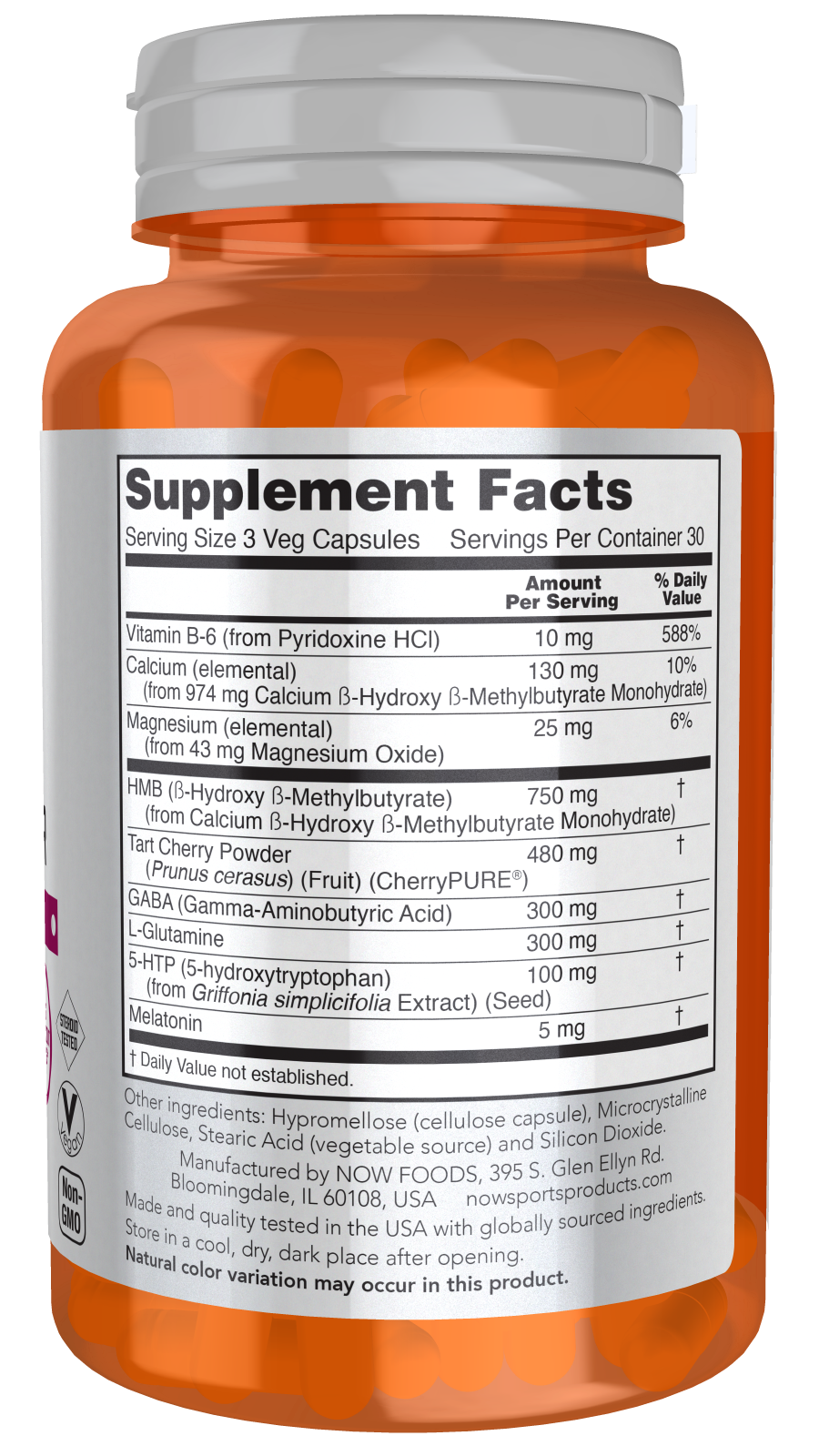
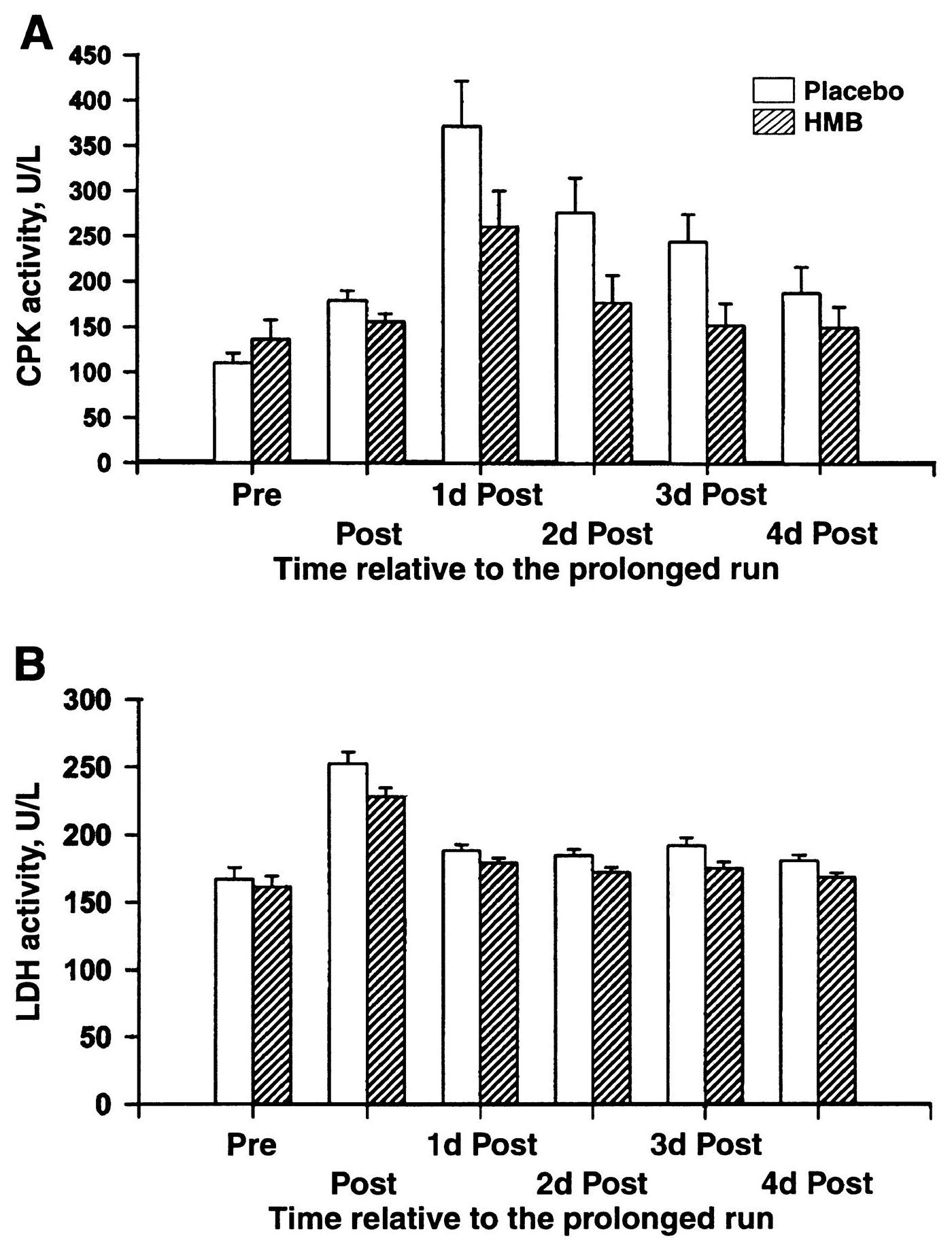
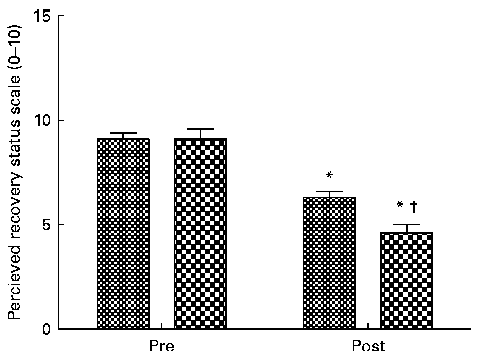
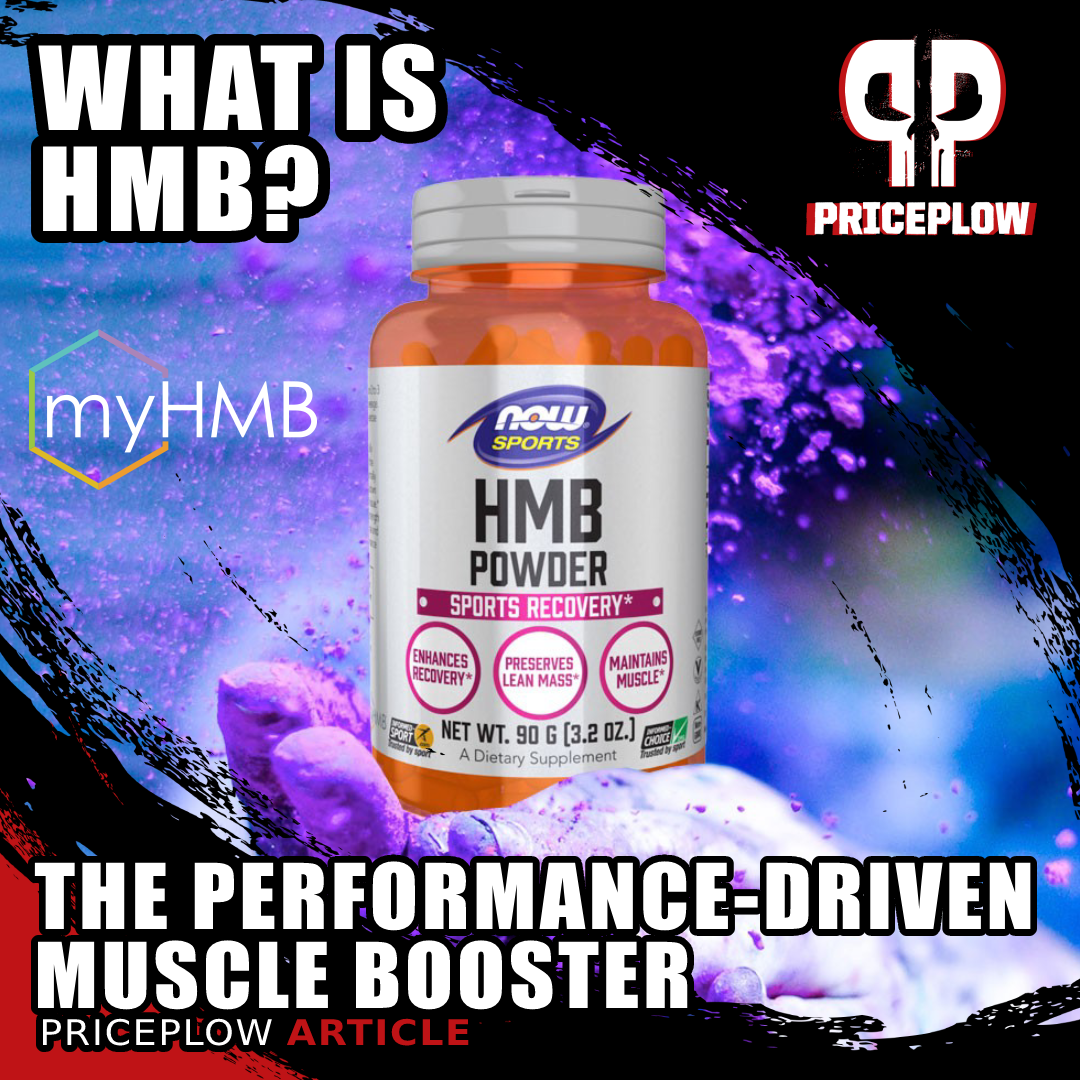
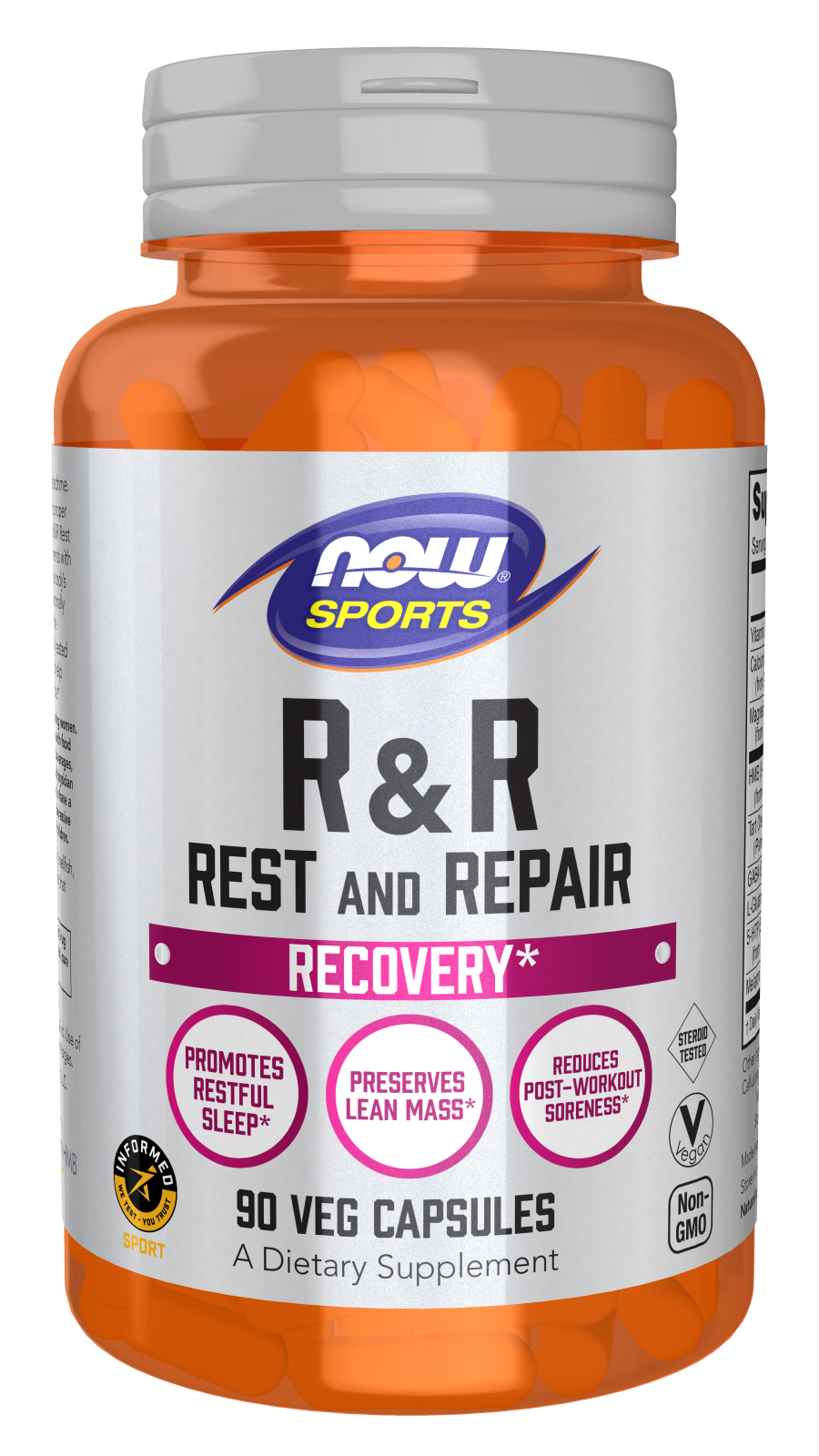
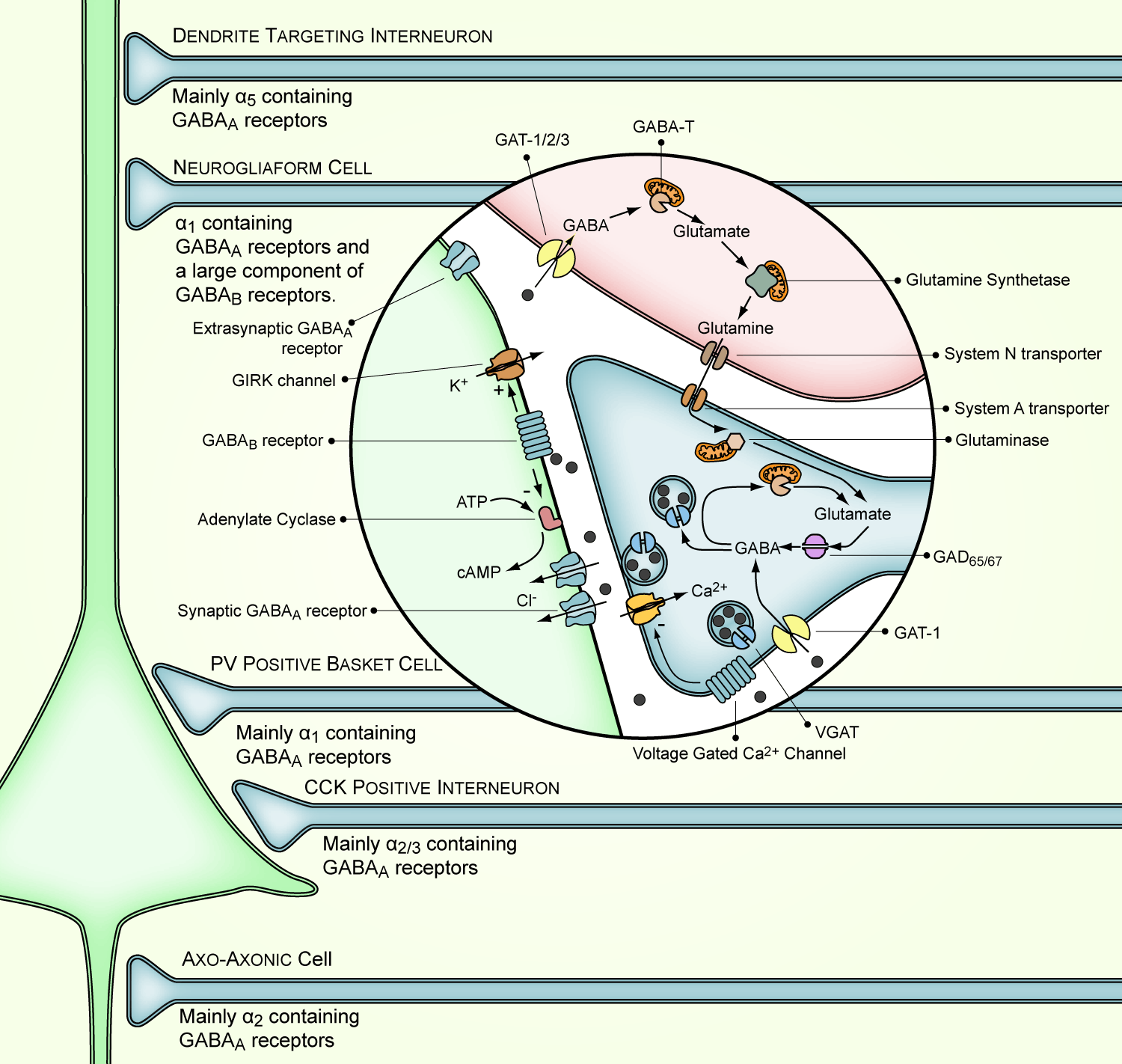
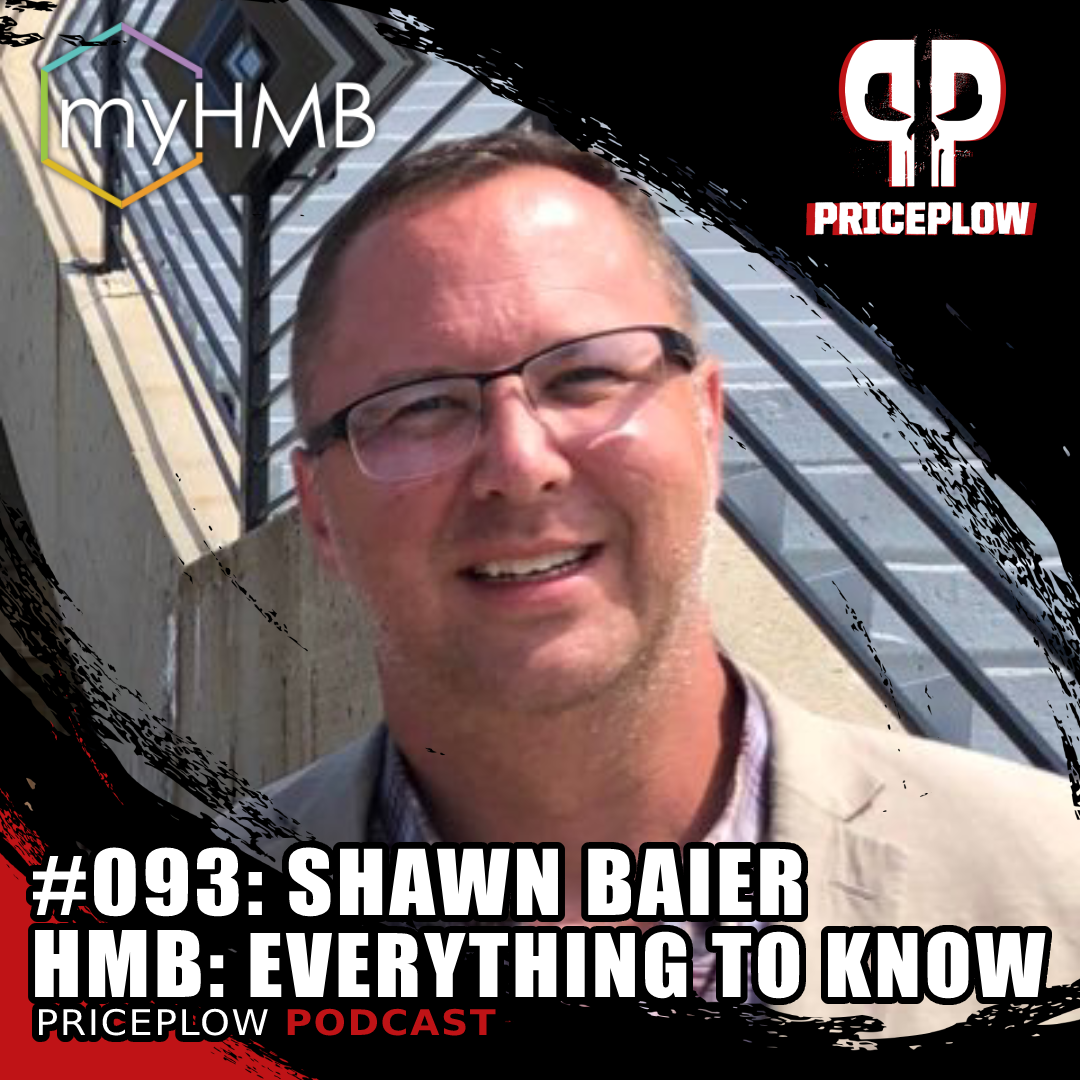


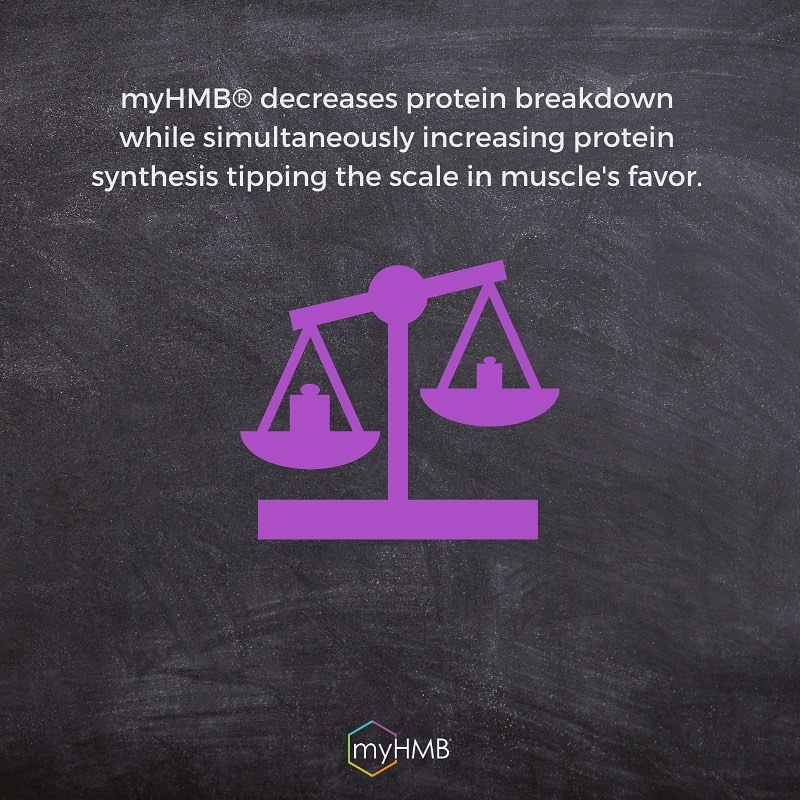
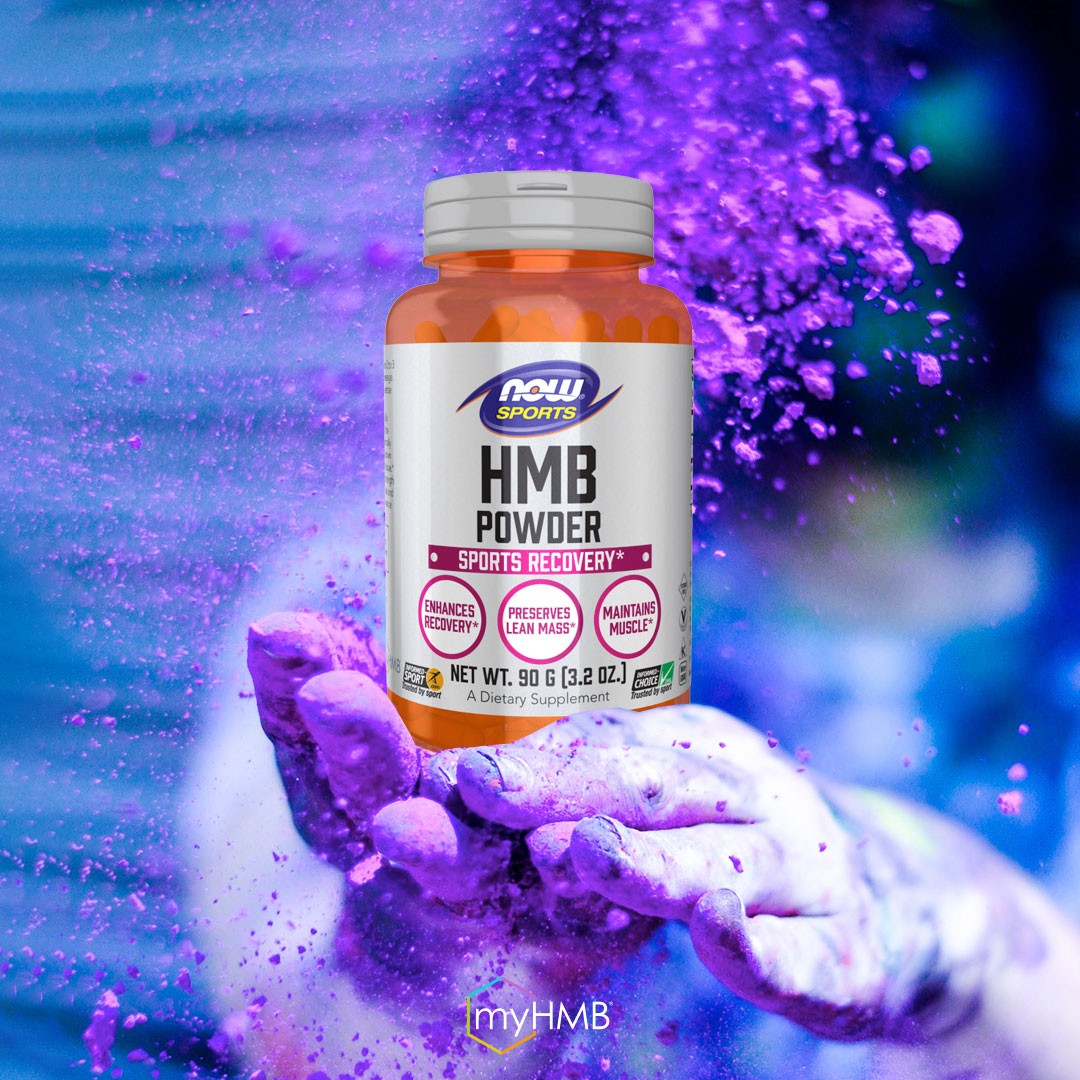
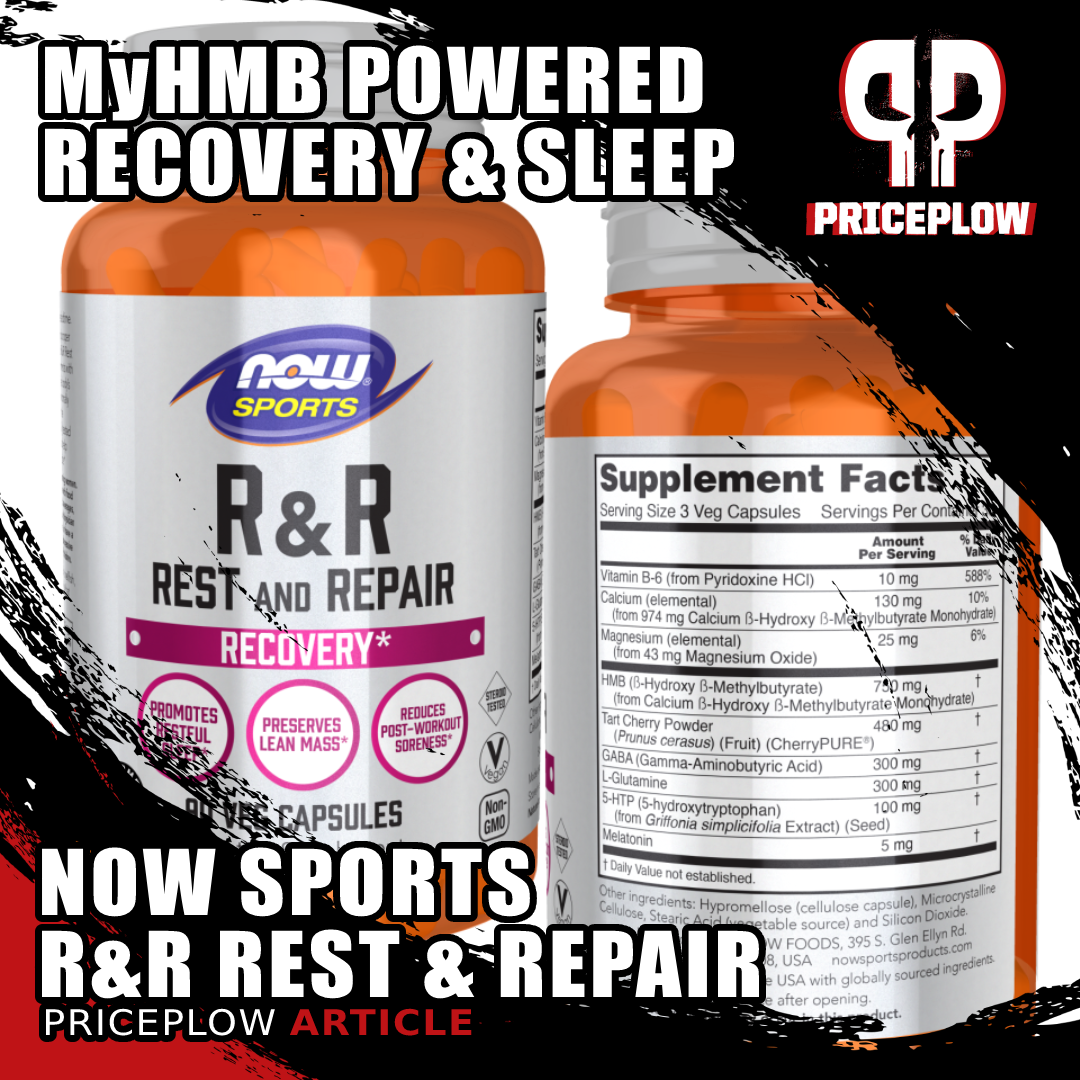


Comments and Discussion (Powered by the PricePlow Forum)